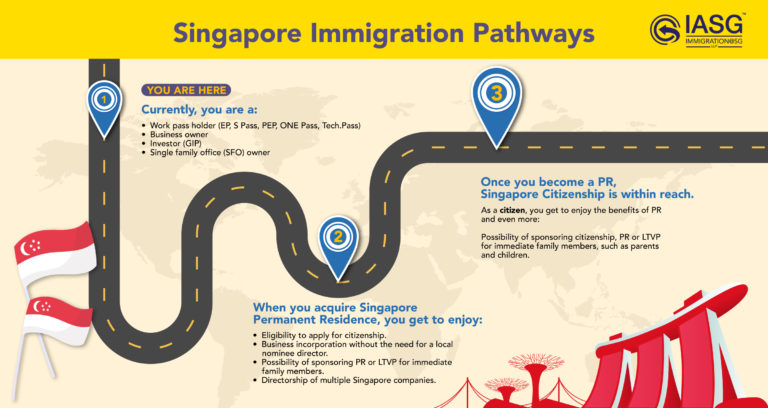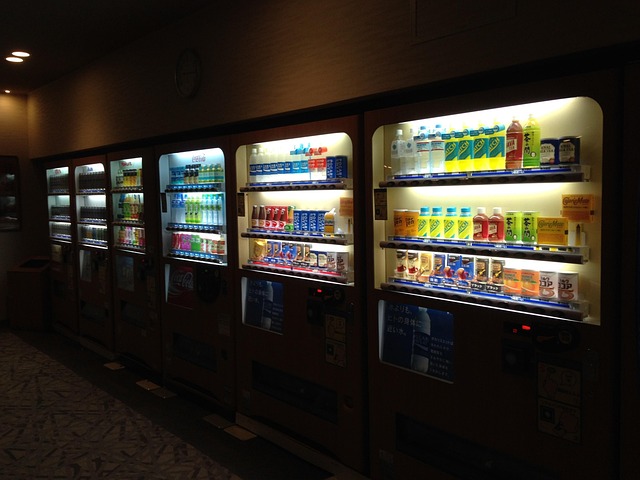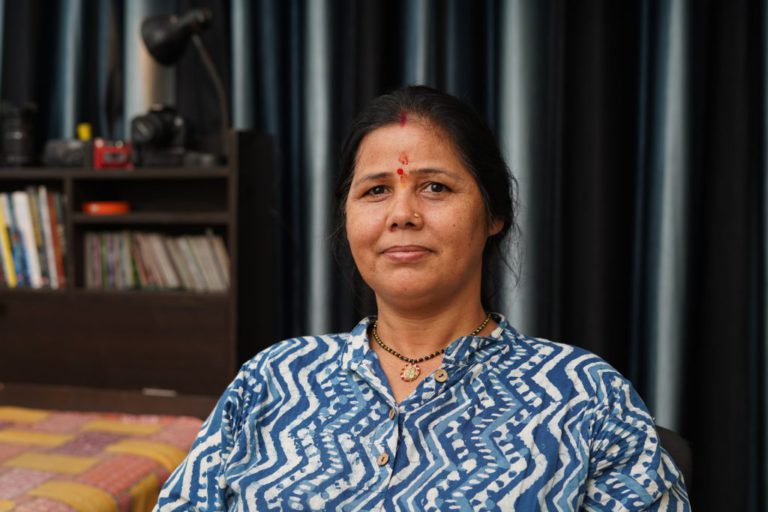Three years of pandemic healthcare have seen the rise of medical technology (medtech). First used to overcome physical limitations, medtech in Singapore is now used to solve other problems in the post-pandemic era, such as early detection and diagnostic accuracy. Artificial intelligence (AI) in particular is becoming more popular. From algorithms that rapidly identify haemorrhages to automated nasal swabs, AI has improved health outcomes tremendously.
Medtech Companies In Singapore Are More Important Than Ever
Asia’s growing economy, ageing populations and regional diseases represent massive potential for AI in advanced medtech. As most AI medtech is developed in the West, few solutions cater to the unique needs of Asian populations. AI solves pressing manpower shortages, overstressed healthcare systems and unequal access to healthcare in the region. Now, more than ever, Asian countries like Singapore need AI to support its health sectors, as illustrated in the next section.
Managing Diabetes with AI Medtech
Genetically, Asians are more prone to diabetes than Westerners. Singapore has the world’s highest rate of diabetic kidney failure, while Indonesia has nearly 500,000 diabetic-related cardiovascular deaths annually. Treatment costs for conditions like diabetic retinopathy and heart disease are skyrocketing—not everyone can afford them, and healthcare systems are coming under stress.
Cultural scepticism further complicates diabetes management. According to Biodesign Fellow Shanaz Rauff, many elderly Chinese patients subscribe to traditional, clinically-suspect medical practices and are unwilling to seek treatment. Key challenges in Asia, lie in simplifying treatments, improving access and driving behavioural change.
Here, AI solutions step in. Selena+, a deep learning system developed by local startup EyRiscan, identifies three eye diseases rapidly: diabetic retinopathy, glaucoma and age-related macular degeneration. Over thousands of screenings, the system swiftly differentiates patients from those without eye ailments. Selena+ lowers diagnostic costs and improves early detection, saving patients thousands of dollars in expensive late-stage treatments and relieving hospitals’ overstretched resources.
Another solution is Temi, a robot used in public hospitals. Used to deliver medications and assist social workers in tele-counselling patients, Temi has greatly increased patients’ access to life-saving healthcare. Temi is also deployed as an exercise and dance “instructor” in wards to encourage patients to stay active, boosting the quality of care delivered in public hospitals. Temi’s deployment may even help encourage more patients to proactively seek help, mitigating the diabetes problem in Singapore.
Developing AI Medtech in Singapore
The integration of AI into medtech is interdisciplinary, demanding and complex. The medtech industry requires professionals with deep, broad experience across the medical, technology and business sectors, particularly within the Asian healthcare context. However, supply of local, experienced talent runs short due to high demand by competing industries.
In recent years, Singapore has kickstarted many initiatives to attract foreign talent. The Tech@SG programme aims to attract tech entrepreneurs, including those with a medtech background, to our shores. Scholarships by A*STAR and programmes by the Ministry of Health seek to groom entry and mid-level professionals, including foreigners, to meet innovation demands. The JTC Medtech Hub houses many new medtech companies in Singapore.
Attracting foreign medtech and AI talent is crucial for several reasons. Foreign talents temporarily plug the manpower shortage, buying sufficient time for higher education institutions to develop local talent. Foreign professionals also bring with them valuable international expertise that they can share with local professionals, complementing local skill-sets and broadening innovation capabilities. Finally, foreign professionals improve the competitiveness of the medtech industry, pushing innovation and research & development activities to new heights.
Conclusion
The rise of AI in medtech in Singapore presents more ripe opportunities for foreigners to settle here, but the process of becoming a Permanent Resident or a Citizen is never straightforward or simple. IASG has assisted many professionals, including those working in green sectors, obtain Singapore PR and Citizenship status, and one key step of the process is to keep abreast of industry trends. This way, each application can be formulated in a way that emphasises each applicant’s unique skill-sets.







